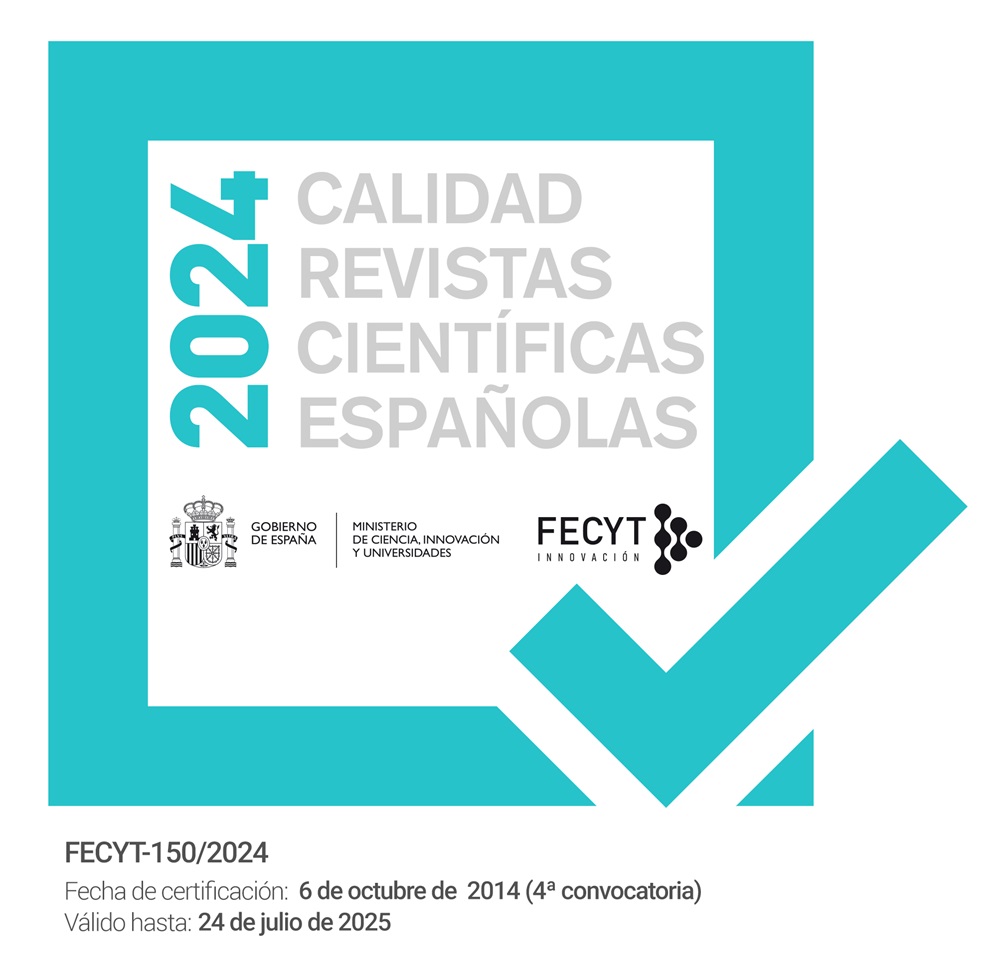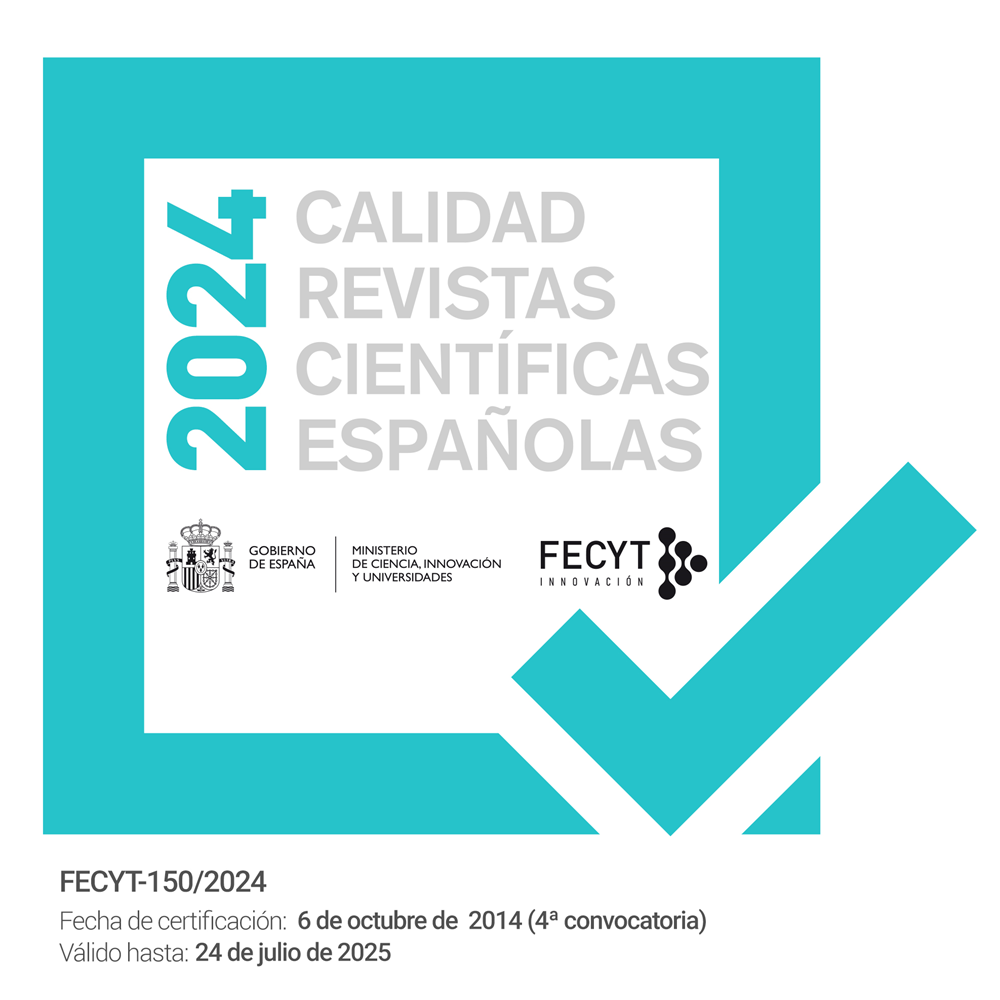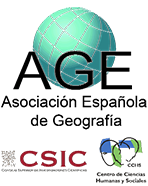POLUIÇÃO DO AR E VULNERABILIDADE SOCIAL NA CIDADE DE MADRID
DOI:
https://doi.org/10.21138/GF.797Resumo
A poluição do ar nas cidades é um dos maiores problemas ambientais devido à sua ligação com a deterioração da saúde humana. No entanto, os níveis de exposição e seu impacto na saúde não são homogêneos entre os grupos populacionais, mas modulados por diversos fatores. Com efeito, diferentes grupos sociais são particularmente afetados pelas maiores concentrações de poluentes atmosféricos nos seus locais de residência e pela sua maior vulnerabilidade face aos mesmos em função do seu estatuto socioeconómico. O objetivo deste trabalho é duplo: (i) saber se os grupos sociais mais vulneráveis estão expostos a maiores concentrações de diferentes poluentes (NO2, O3, PM10 e PM2,5) na cidade de Madrid de 2017 a 2021; e (ii) identificar as áreas onde estão localizadas. Esta pesquisa é realizada por meio de diferentes correlações e análises estatísticas espaciais derivadas de modelos espaciais de poluentes do ar atmosférico e bancos de dados socioeconômicos. Os resultados mostram a existência de uma correlação negativa entre os níveis de concentração de PM10 e PM2,5 e os níveis de renda. Existe também uma correlação positiva entre a maior presença de crianças e estrangeiros com níveis de PM10, entre crianças e níveis de O3 e entre estrangeiros e níveis de NO2. As áreas com maior presença de grupos vulneráveis expostos às maiores concentrações de NO2, PM10 e PM2,5 são os bairros sul e sudeste da cidade. Outros setores localizados nas periferias sul e norte da cidade se destacam pela alta presença de crianças expostas a altas concentrações de O3.
Downloads
Publicado
Como Citar
Edição
Secção
Licença
©The authors of the articles and other contributions published in GeoFocus keep intact the intellectual property rights over them. The authors and the publisher authorize the total or partial reproduction of the contents of the journal in the following terms:
1) Express mention of the author and the reference of the original publication.
2) Do not perform a commercial or lucrative use of them. Otherwise, you should contact the authors to make the appropriate arrangements.
3) Authors preserve their property rights and give to the journal the rights of the first publication of the work, registered with the Licencia Creative Commons Atribución-NoComercial-SinDerivar 4.0 Internacional, which allows third parties to use the published data whenever the authorship of the work and first publication in this journal is mentioned.
4) It is allowed that authors disseminate electronically (e.g., in institutional repositories or on their own website) the published version of their work, as it encourages the earliest circulation and dissemination, and thus a possible increase in the citation and scope in the academic community.






